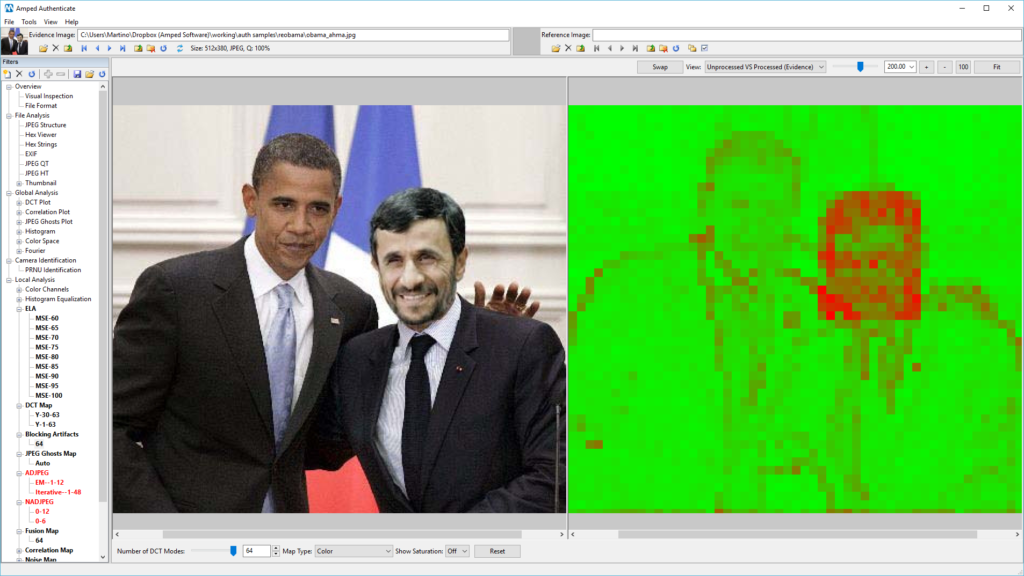If you present an object, an image, or a story to a courtroom, you must be able to trust that it is accurate.
How then, do you trust an image – a digital photograph, a snapshot in time of an object, a person or a scene? Do you trust what the photographer says? Or do you check it? Do you attempt to identify any signs of manipulation that could cast doubt on the weight of the evidence?
How many members of the public are aware of the Digital Imaging Procedure? What about the guidance surrounding computer based information, which includes digital images and video? What about the person that is receiving that file? Perhaps the investigating officer. Are they aware of the importance of image authentication?
Is the Criminal Justice System naive to believe that fake images do not end up being displayed in court and presented as truth? Even if it is a rarity now, we need to think of the future. To start with, we must ask ourselves, “Can we rely on the image we see before us? Has it been authenticated?”
Read the article published by The Barrister magazine to learn about the importance of authenticating images before submitting them as evidence.




